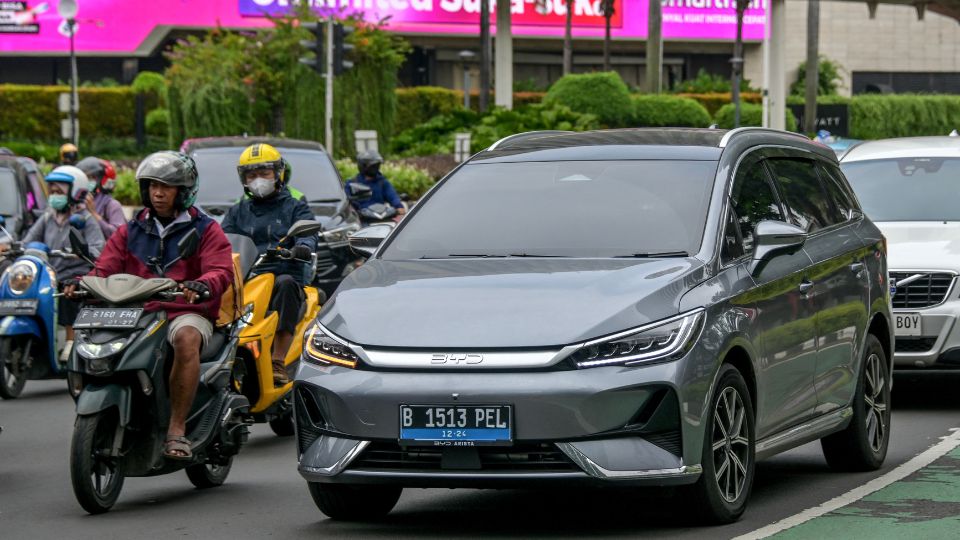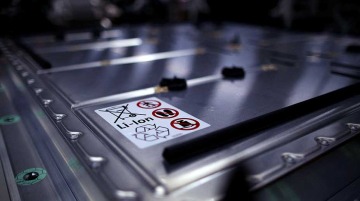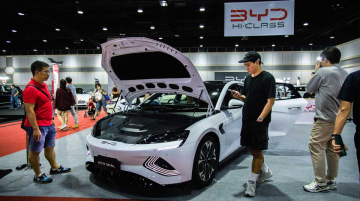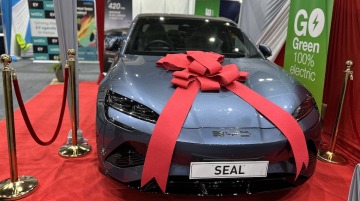
At a recent auto show in Jakarta, a curious pattern emerged. The most common questions from potential buyers of products from the EV industry were simple: How far will it go? Will it last? How is the safety? The answers to all three lie deep within the vehicle’s battery cell, a technology that, for now, is almost entirely imported.
Across many parts of Southeast Asia, the EV industry assembly plants are springing up, particularly in Thailand, Indonesia, and Vietnam. Sales are climbing. Political leaders attend ribbon-cuttings, pointing to thousands of new jobs.
Yet the high-value work, the kind that determines innovation, global competitiveness, and resilience, remains so far out of reach for its EV ambitions.
The core of an EV’s value lies not in the chassis or the wheels, or how the vehicle looks, but in the battery cell and the software that manages it.
These components determine how far a vehicle can travel, how safe it is on the road, and how long it will last. They also define who controls the intellectual property, supply chains, and profits, highlighting China’s EV battery dominance.
A recent report by the U.S.-based consultancy Rhodium Group underscored the point: In 2024, for the first time, Chinese EV companies invested more overseas than at home. Nearly three-quarters of that investment went into batteries.
But in Southeast Asia, the facilities being built are battery pack assembly lines and EV assembly plants, not battery cell factories. The Southeast Asia EV industry is moving up the value chain, though still only partway.
A Familiar Assembly Pattern in the EV Industry
Southeast Asia has seen this story before. In the 1980s and 1990s, Japanese automakers set up plants across the region, especially in Indonesia and Thailand.
Those factories remain strong today, though sales have slumped recently amid EV competition.
Assembly brought jobs, export taxes, and other benefits, but assembly plants can also leave at any time, often without leaving behind lasting capabilities.
Now the same pattern is emerging with EVs, with Thailand and Indonesia once again at the forefront.
In Thailand, BYD’s new factory, rated for 150,000 vehicles a year, is preparing to export plug-in hybrids to Europe. Fellow Chinese auto majors Great Wall Motors, MG, and Changan are also scaling up rapidly.
In Indonesia, Wuling and BYD are investing in plants with similar capacities.
Battery pack production is growing too, but remains relatively modest. MG’s Thai line is rated for around 50,000 packs annually, and Wuling’s Indonesian facility can produce about 20,000.
So far, only a handful of complete battery cell projects have been confirmed, the most advanced being Indonesia Battery Corporation’s venture with CATL.
Slated for 6.9 gigawatt hours of capacity by late 2026, it’s a meaningful start, but still dwarfed by CATL’s facilities in Germany (14 GWh) and Hungary (100 GWh under construction). China remains far ahead, both in volume and in value capture of the EV battery supply chain
Vietnam’s and Malaysia’s EV Ambitions
There are exceptions in filling Southeast Asia’s EV ambitions half full. Vietnam’s VinFast is the region’s most ambitious and successful homegrown player.
VinFast, through its VinES subsidiary, is among the few in Southeast Asia with its own cell and pack production, though still at a limited scale.
The company is now competing head-to-head with Chinese automakers across ASEAN markets and beyond, strengthening the profile of the Southeast Asia EV industry.
Malaysia’s Proton launched its first EV earlier this year, developed with support from China’s Geely, which owns nearly half the company. It’s a promising step.
What to Do to Climb the EV Industry Value Chain?
Each country has its priorities, and there is nothing wrong with choosing to remain an offshore EV assembly hub. But having EV ambitions, climbing the value chain, if one decides to do so, requires two essentials.
First, housecleaning: domestic institutions must catch up. That means reforming vocational training, strengthening technical education, building university–industry research centers, and investing in high-tech zones that can support genuine innovation. Governments must also align procurement policies, quality standards, and testing regimes with their ambition to move up the ladder.
Second, homework: Southeast Asian governments must negotiate harder, and China has the motive, interest, and solidarity to accommodate.
Investment from Chinese firms should come with more explicit commitments to local R&D, battery-cell production, and real skills transfer, not just job creation in low-complexity assembly.
China already has all the modalities to help the Southeast Asia EV industry develop faster, and it’s already investing heavily in the region. But just because China is willing and able doesn’t mean Southeast Asia will automatically leap ahead.
To really “leapfrog”, skip older stages and jump into advanced EV industries, countries in the region need to negotiate smart deals that bring tangible benefits to both sides.
A Window That Still Opens
To be fair, Southeast Asia’s glass of EV ambitions is more than half full. The region has the modalities: factories, basic supply chains, growing EV adoption, and, increasingly, policy momentum.
What’s missing is the climb from assembly to design, from scale to substance. The highest returns go not to those who build the most cars, but to those who master the technology inside them.
For Indonesia, Thailand, and Vietnam, the question now is not whether they will become EV assembly hubs. They already are.
The real test is whether they can become EV innovators within the Southeast Asia EV industry, with all the painful effort that must be taken with discipline and persistence to get to the upper side.






